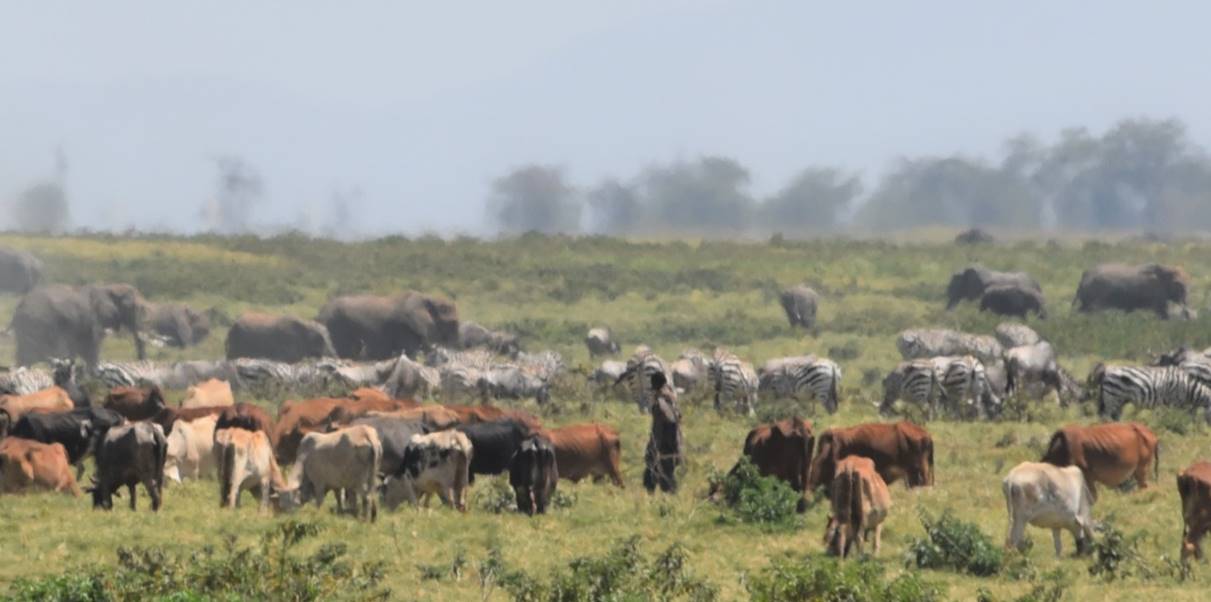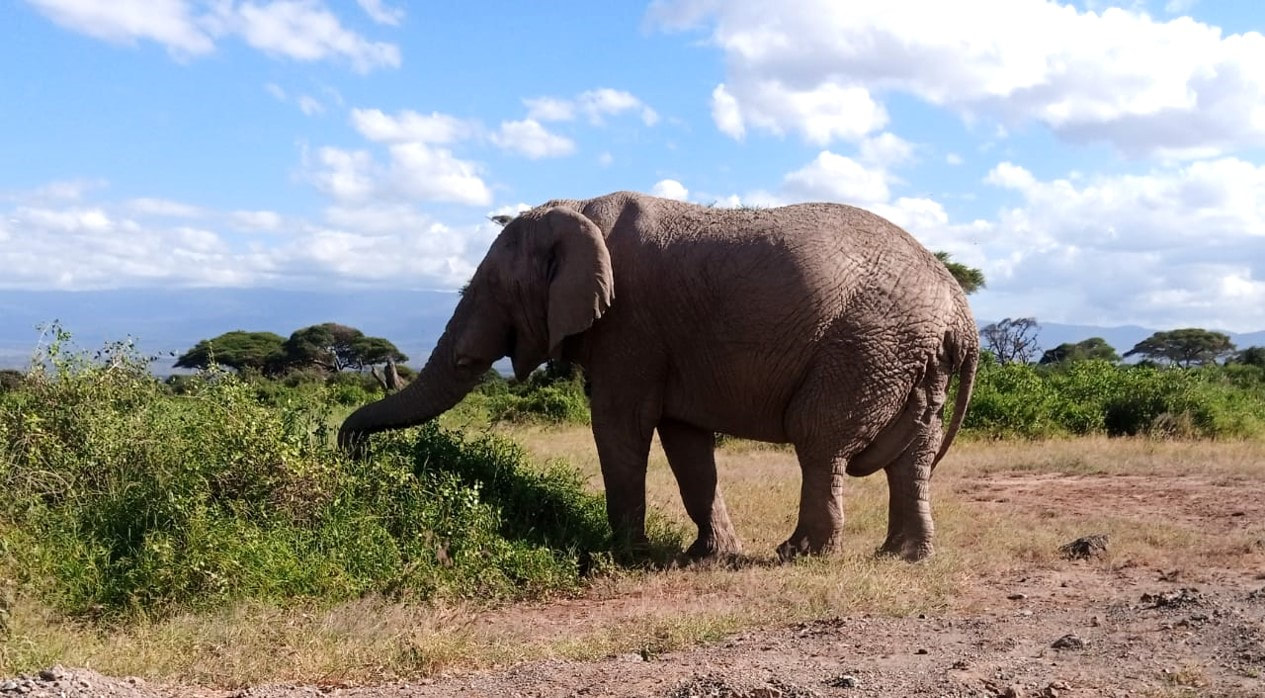Two seemingly opposing views speak to the ecological role of elephants in Africa. One holds that elephants destroy woodlands and reduce biodiversity, the other that elephants play a keystone role in creating the richness of Africa’s forests and savannas. Each view has swayed wildlife conservation policies and practices one way or another. In southern Africa elephants have regularly been culled in parks to protect woodlands and prevent a loss of biodiversity. In East Africa a hands-off policy allows ecological changes to play out with little management, regardless of the biodiversity outcome.
Evidence from over two hundred studies across Africa shows high densities of elephants constricted to parks do destroy woodlands, threaten species such as the endangered black rhino and can greatly reduce biodiversity, the very objective of modern conservation policies. Yet other studies show just how important elephants are in seed dispersal and habitat diversification in African tropical forests and savannas.
Our Amboseli studies uphold both views. On the one hand we show elephants compressed into Amboseli National Park have destroyed the fever tree woodland and greatly reduced plant and animal diversity and resilience to droughts. On the other, our survey of the Congo Basin shows elephants to be an architect of the tropical forests. The forests are richest in wildlife where elephants move freely and fall silent when elephants are poached out.
If both views are correct, are there conditions which favor the ecologically constructive rather than damaging role of elephants?
In our paper titled, Cascading effects of elephant-human interactions and the role of space and mobility in sustaining biodiversity published in the journal Ecosphere in May 2023, we come to a surprising conclusion: creating separate places for elephants and people is seldom the answer. People and elephants play complementary roles in creating and sustaining the diversity of African forests and savannas.
Our half century of study in Amboseli gave us a unique insight into how the ecological forces of people and elephants in Amboseli shaped the savannas from a time when Maasai pastoralists and wildlife interacted freely across the landscape, to the creation of a national park in the 1970s. Tracking the changes through the ensuing decades has given us a unique window onto how the breakdown in elephant movements due to poaching and compression into the national park has reduced biological diversity. Followed yet longer, we tracked the subsequent recovery of elephant numbers and movements in response to local communities taking up their own conservation initiatives.
What we found is that elephants compressed into the national park by poaching turned woodlands to grassland and shrublands, created short grazing lawns in the swamps, and sharply reduced plant and herbivore diversity. This scenario replays the story of elephants in protected areas across Africa. And yet, where elephants abandoned their range beyond the park, the invasion of dense bushlands also resulted in a loss of biodiversity which echoes the story of the forests falling silent.
These two scenarios came as no surprise to us. The big surprise came in finding habitat diversity and plant species to peak at the park boundary where elephants and people overlapped and move around each other. Their interaction set up a creative tension in which elephants removed trees and created grassy patches, and livestock suppressed grazing and created woodland regrowth, a finding we confirmed with a variety of controlled experiments.
Though not directed at the ecological outcome of human-wildlife interactions, other studies have found elephants and people to coexist at relatively low population levels. Similar conclusions are found in other studies showing how human-elephant coevolution has shaped the ecological, behavioral and cultural adaptations in elephants and people.
The Amboseli study underlines how important space and mobility is in expressing the keystone role of elephants and people coexisting at landscape scale. Space and mobility not only alleviate the ecological disruption of compressed populations but also minimizes the need for population management.
We recognize that space and mobility are dwindling fast. Poaching, settlements, farms and fenced ranches have already reduced elephants to a sixth of their potential range in Africa. How then, can we possibly win back more space for elephants, restore their ecological role and minimize conflict with people?
Winning space calls for reversing a century of policies creating separate places for people and wildlife. We must reach beyond parks and to find sufficient space sustain viable elephant populations and biodiversity--on conditions that benefit rather than burden landowners. Can this be done? Yes. Examples include cross-border linkages between Kruger National Park in South Africa and Mozambique, the greater Amboseli ecosystem lying spanning the Kenya-Tanzania border, and the Yellowstone-to-Yukon landscape across the U.S. border creating space for grizzlies, wolves and bison. These new conservation landscapes are recreating the ecological role of large herbivores and carnivores in our human-dominated world.


 RSS Feed
RSS Feed
